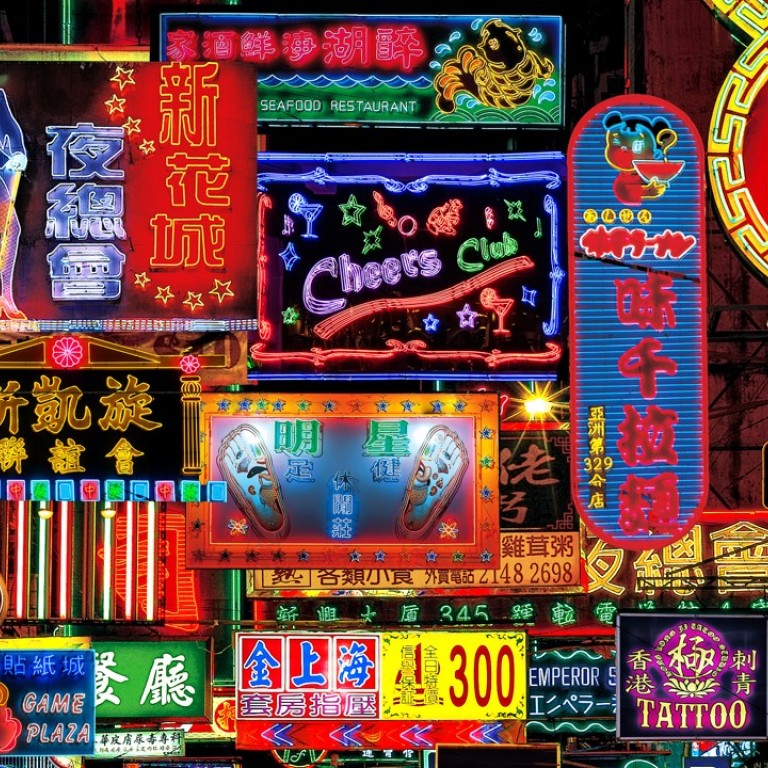
Mad for neon: photographer on his 50 years shooting in Hong Kong
Keith Macgregor has been photographing a changing Hong Kong since the early 1970s. He shares some amazing colour-saturated pictures from the city’s golden age of neon and shots of vanished landmarks
Keith Macgregor has been photographing Hong Kong’s fast-disappearing neon lights for years, gathering more 1,000 images of the glowing streetscapes in the process.
“I was mad for neon when I was living in Hong Kong,” says 72 year-old Macgregor on the phone from London where he now lives.
‘Wonderfully wild and free’: growing up on Lantau in the ’60s
In the 1950s, when Hong Kong’s economy was growing in tandem with consumerism, the city was embracing neon. By the 1980s it was aglow with bright lights as businesses followed a “bigger and brighter is better” philosophy as they competed for advertising space to attract customers. At its height, the city had more that 100,000 neon signs.
“So many people walked around the streets not thinking about the neon, but I was obsessed with it. I drove around for hours taking photos … I photographed about 11 streets.”
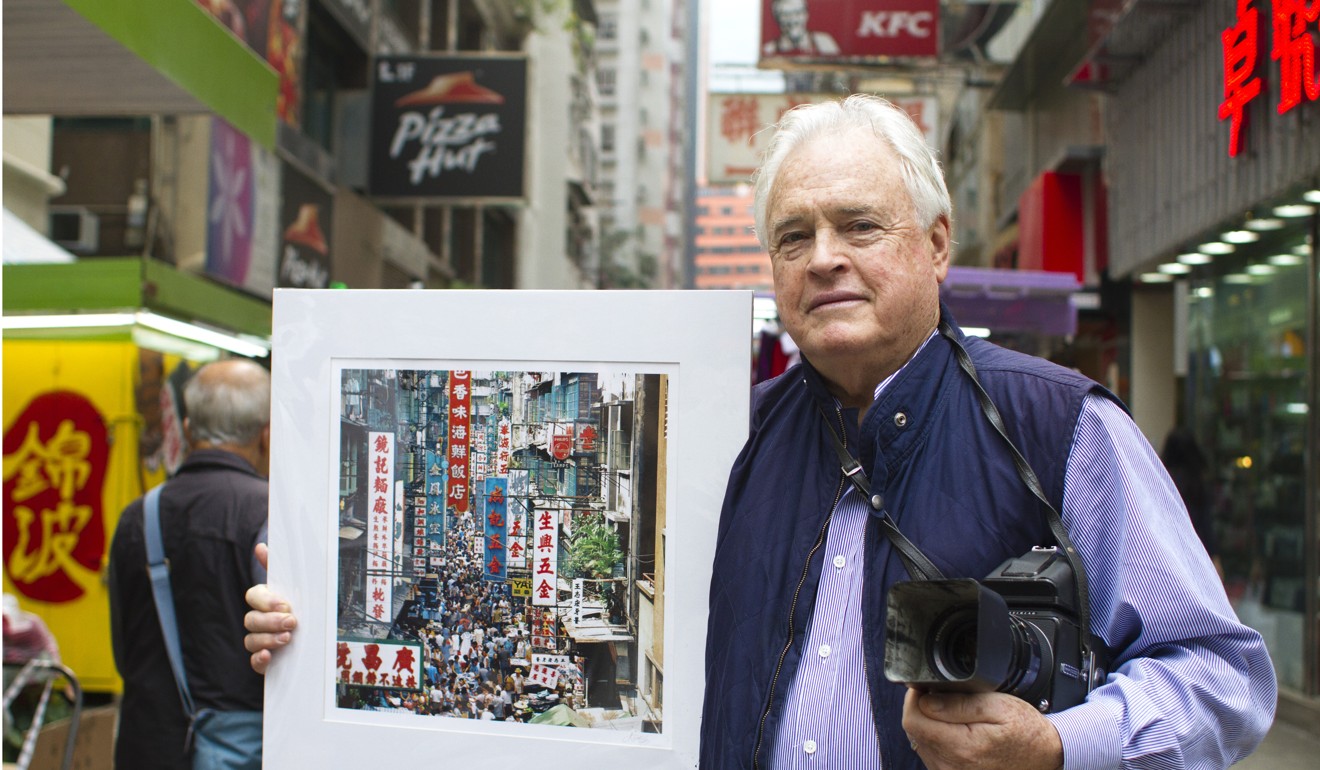
Macgregor considers himself lucky to have captured these neon signs, most of which have been destroyed.
Changing building codes, evolving tastes, and the high cost of maintaining old signs has resulted in businesses embracing cheaper and more efficient LEDs. This, combined with the closure of many old businesses and a government crackdown on outdoor structures, have played key roles in the dimming of the city’s neon landscape. The introduction of a “Validation Scheme for Unauthorised Signboards” in 2013 was another blow.
“The government could have spent some of its massive budget surplus on keeping the neon sign tradition alive,” says Macgregor, who next month pays a glowing tribute to the city’s neon in his exhibition, The Way We Were, with the Blue Lotus Gallery in a pop up site at Usagi, G/F, 6-10 Shin Hing Street, Central from November 3 to 18.
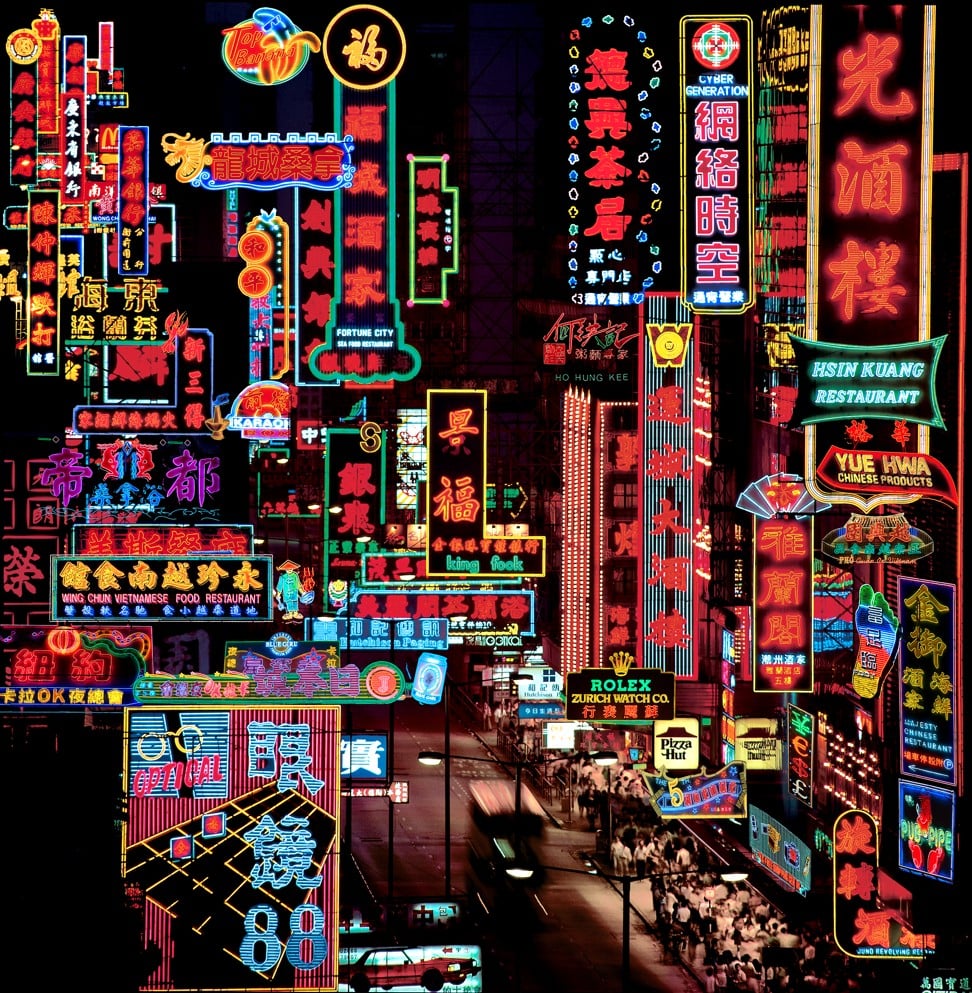
The show includes new images that Macgregor has coined “Neon Fantasties” – highly saturated neon street scenes that have a very Blade Runner-esque feel. “Some compositions took 300 hours to complete,” he says.
Futuristic in feel, they form part of Macgregor’s visual stroll down memory lane that include nostalgic street scenes, city panoramas and images of life on the sea, all taken during his almost 50 years photographing the city.
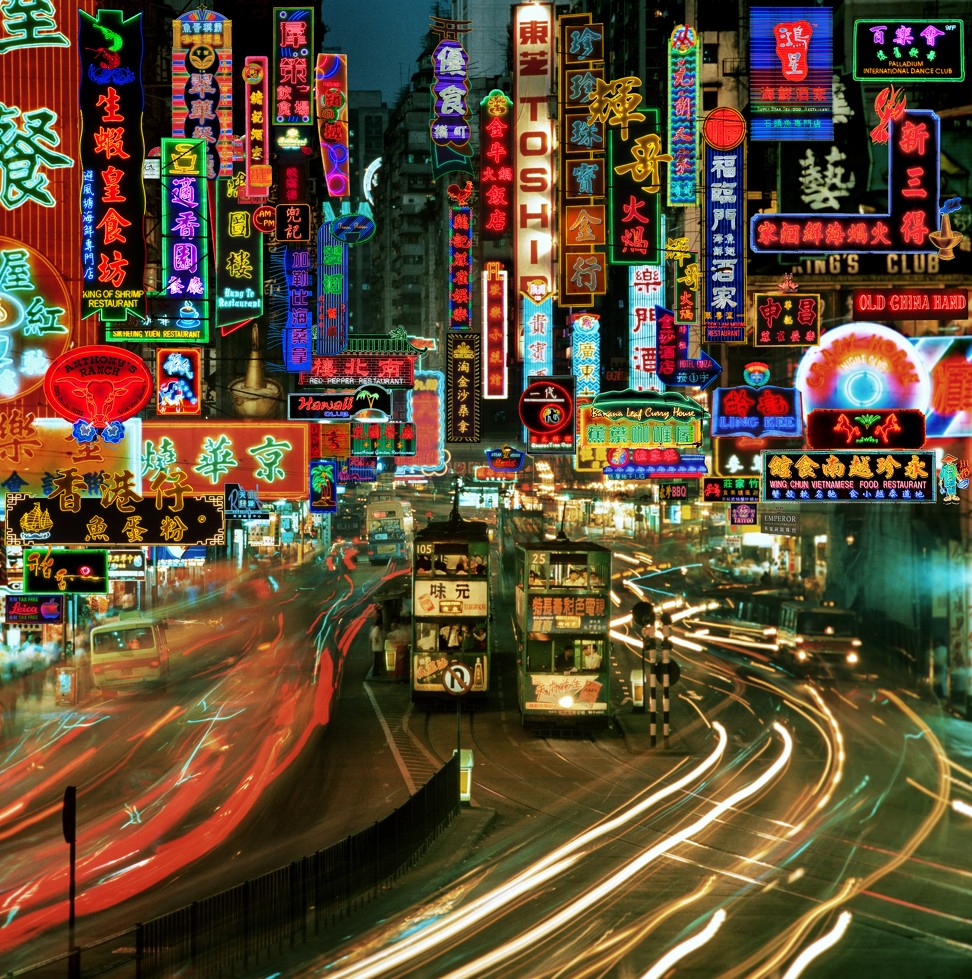
Macgregor says the Neon Fantasies images show how the city should look like today, abounding in colour, diversity and optimism.
What’s in a photo: images of old Hong Kong and their telling details
Macgregor has strong ties with the city. His forefathers ran the Caldbeck Macgregor wine and spirits trading company, settling in Shanghai in 1860 and Hong Kong in the 1880s.
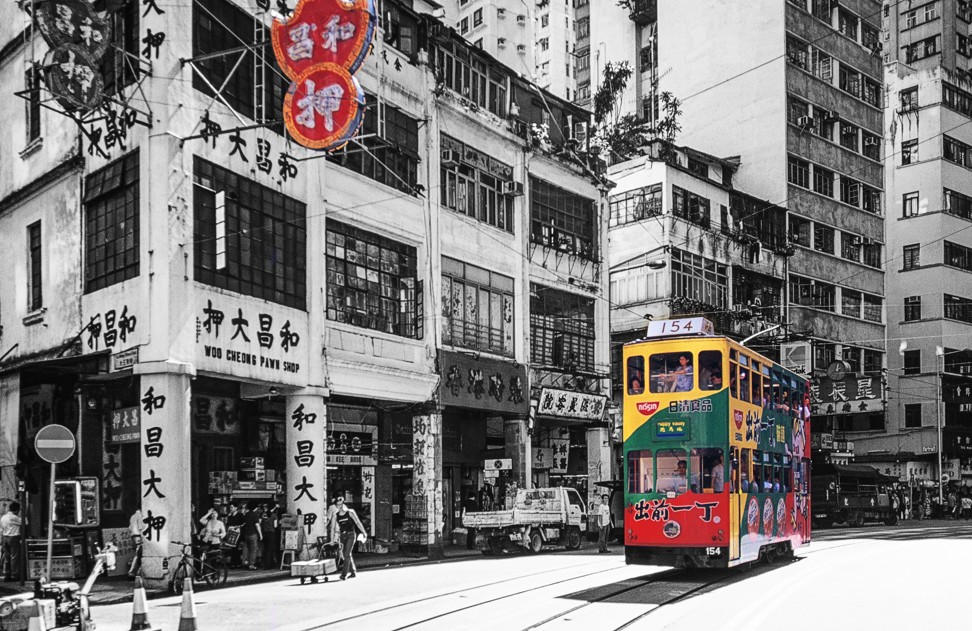
When his father died suddenly in 1969, he left London to be with his grieving mother in Hong Kong. A chance trip to Cambodia would help carve his creative career.
“Dad had won a raffle to Angkor Wat so I took mum. She had just given me a Hasselblad [camera] as a birthday gift.”

While there a Hungarian photographer showed him the technical ropes – “there was no autofocus or exposure back then!”
Back in Hong Kong, Macgregor pursued photography with a passion and his photographs of the city were first shown in a solo exhibition at the Excelsior Hotel in 1974, resulting in the publishing of a Hong Kong calendar a year later.

Friends then persuaded him to improve the quality of Hong Kong’s poor postcard selection, so he created his own collection of black-bordered postcards.
The ever changing city has provided an evolving canvas for Macgregor. But he has some regrets.
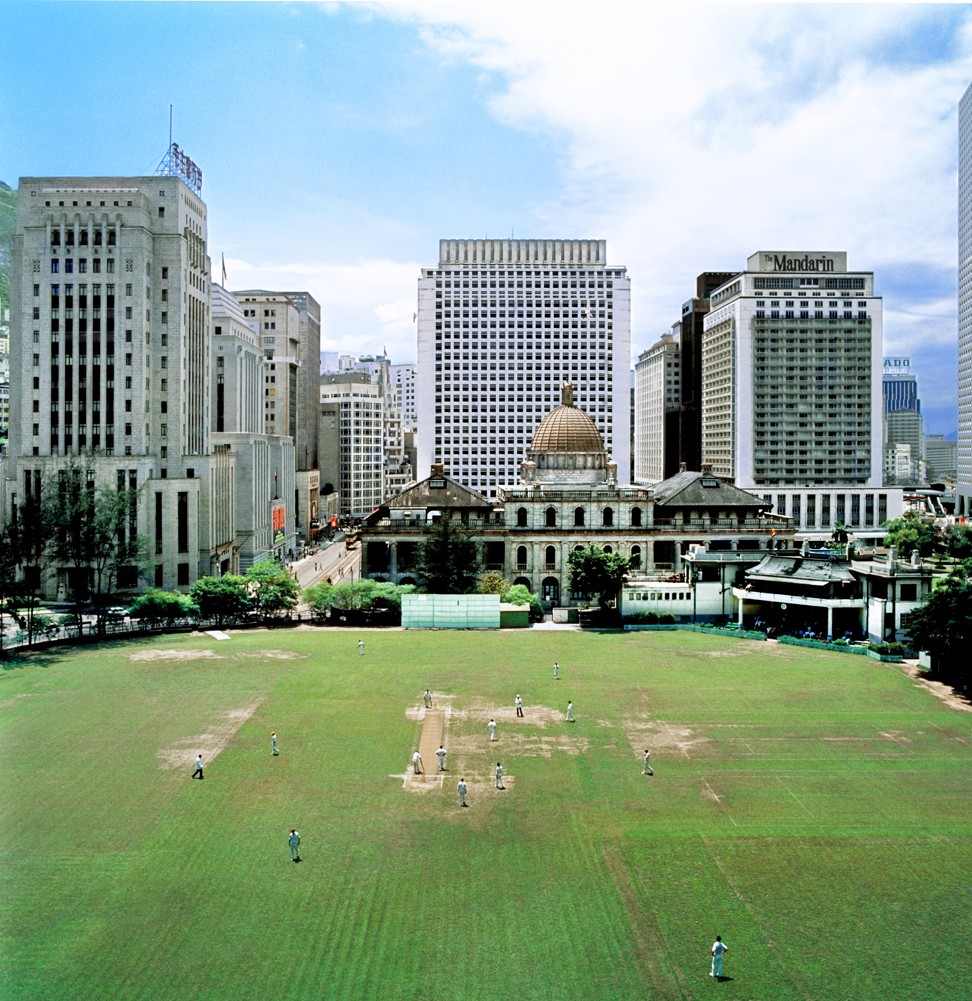
“I understand that land and space are such vital commodities in Hong Kong,” he says. “ But what I find sad is that some of the beautiful buildings that were demolished over the years have been replaced with some truly ugly architecture,” he says, citing the old General Post Office [the building was completed in 1911 and demolished in 1976] as an example. “Now that was a beautiful building … I wish I had taken more pictures of it.”
“And Victoria Harbour is getting smaller and smaller …if the reclaiming of land is not halted it will be gone soon.”
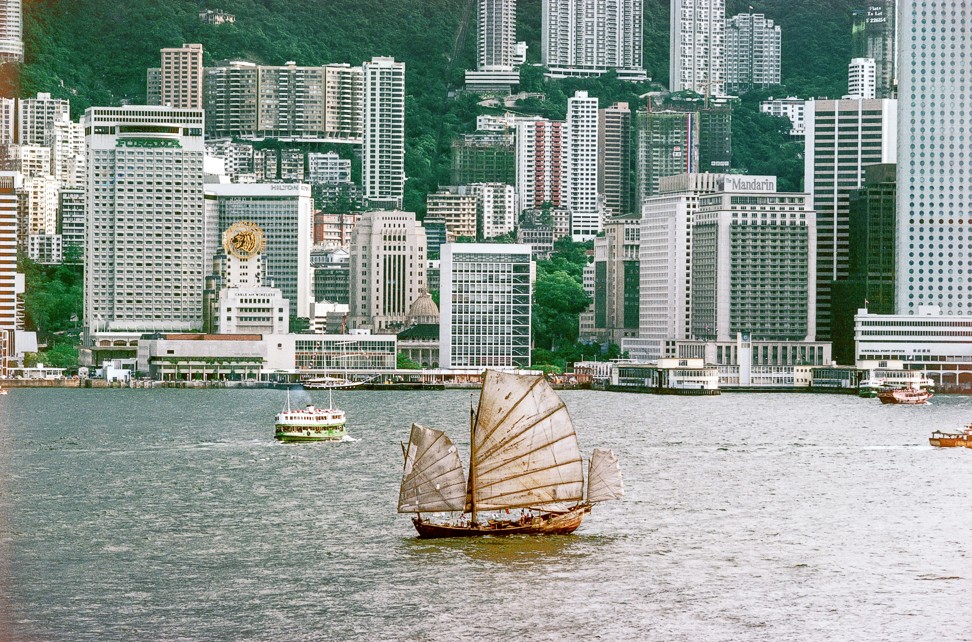
For now, Keith is focusing on his latest publication (he has already published two books: An Eye on Hong Kong, and Neon City, Hong Kong, at Night.)
Fishing villages, open-air bazaars and rice paddies: old Hong Kong photos offer a step back in time
“I moved back to London over 26 years ago but have been returning to Hong Kong twice or three times a year, to photograph Hong Kong’s ever changing city landscape. I’ve never lost the motivation to photograph this exciting city and I hope still to realise my next publication which will be titled: A love affair with Hong Kong. 50 years through the lens of Keith Macgregor.”
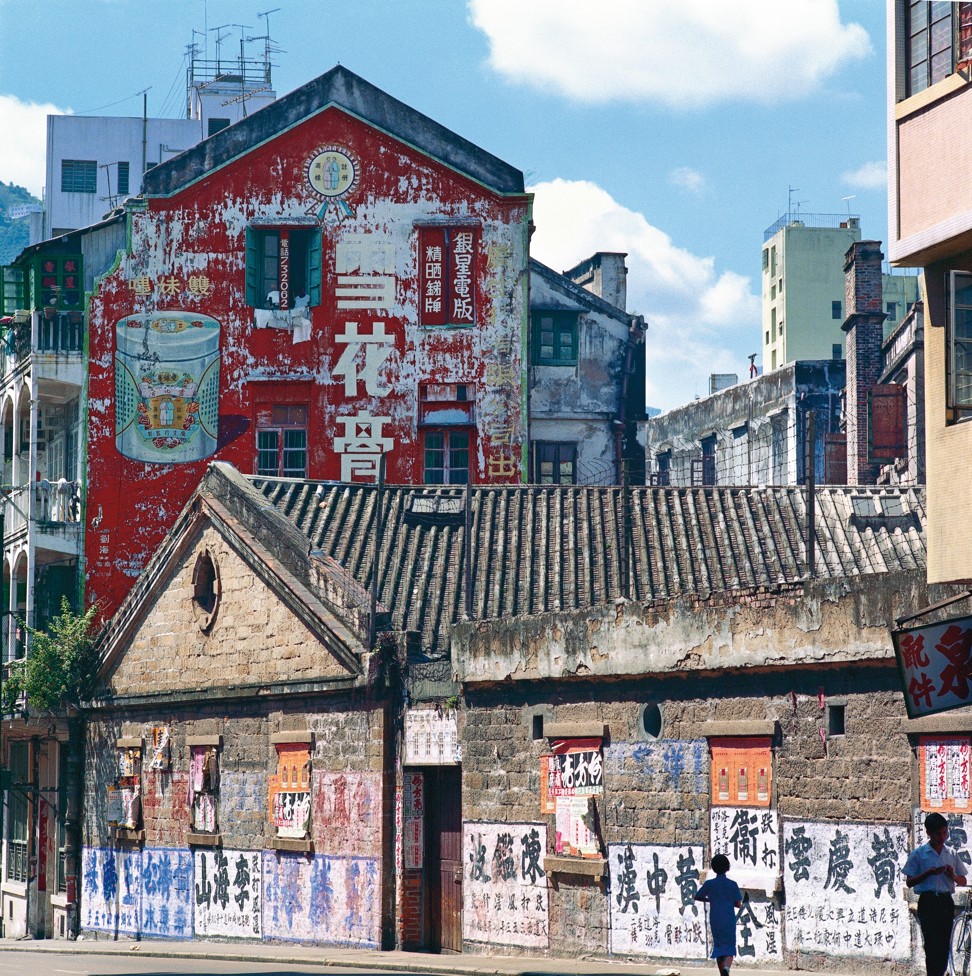
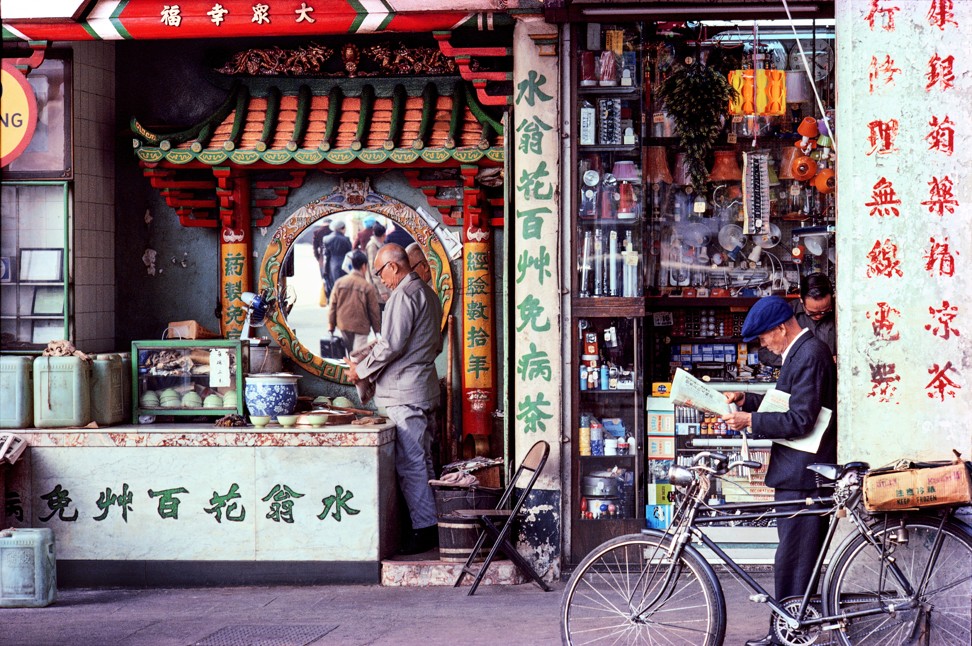

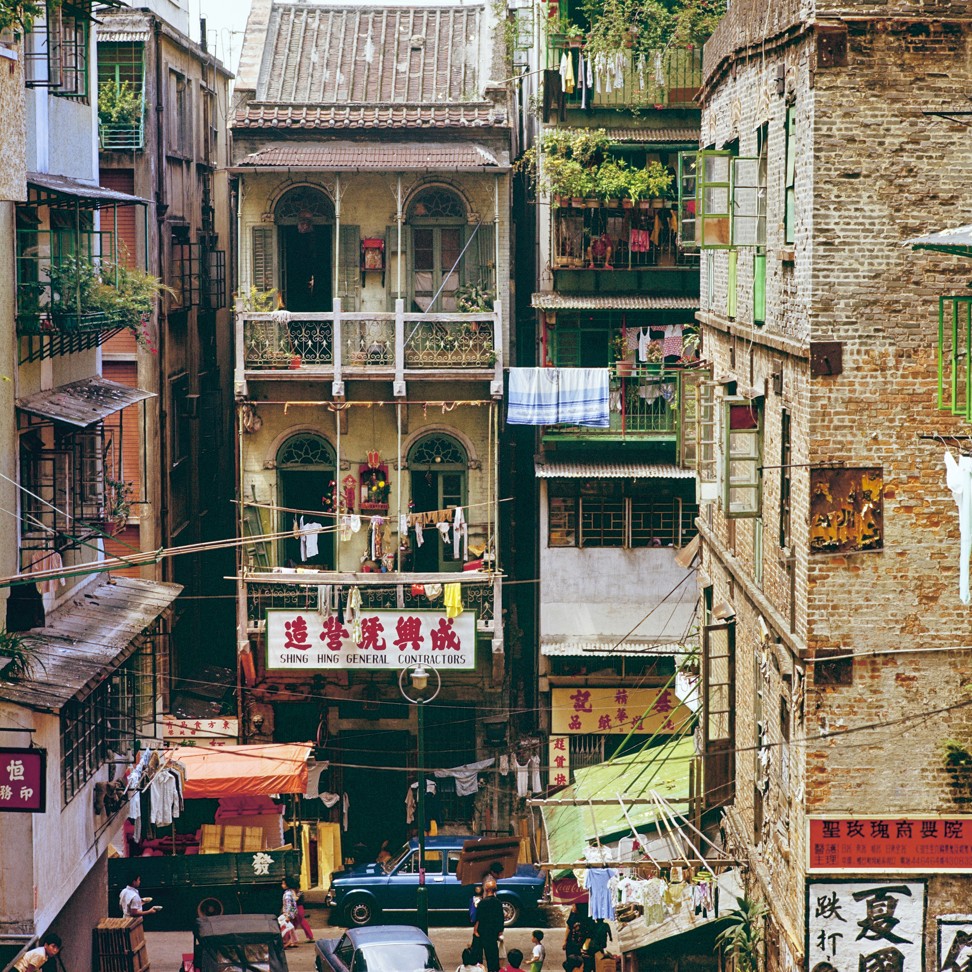
Keith Macgregor: The Way We Were, November 3 to 18, pop up site at Usagi, 6-10 Shin Hing St, Central from November 3 to 18.

